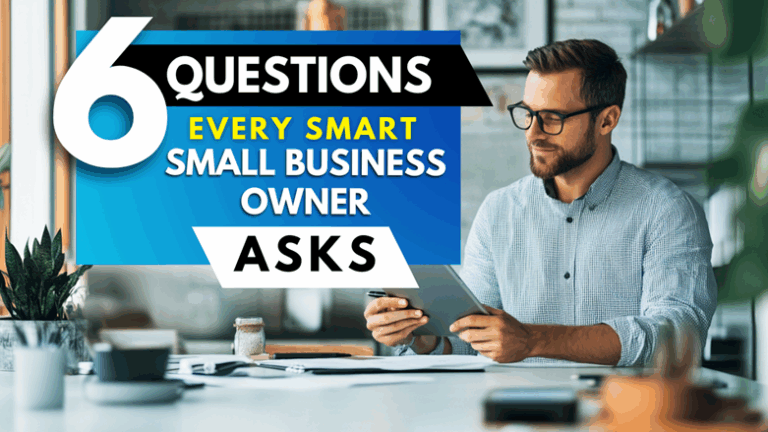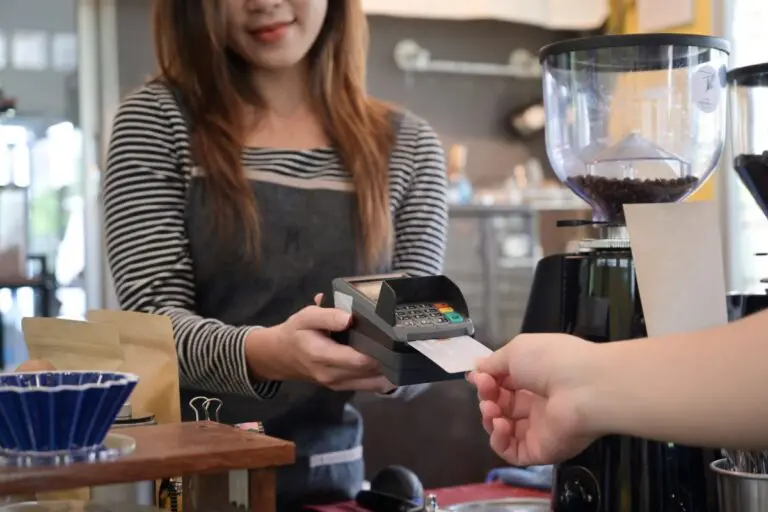If this article had been written in the 1990s, it would have meant something very different. Back then, personalization meant mail merges. The fact we could personalize communication to include the recipient’s first name (and later other fields), was the coolest thing ever. It showed someone who really knew how to use Word. These days when we talk about the power of personalization, we’re not referring to using someone’s name in an e-mail or letter. You should be doing that anyway. What your customers expect is a lot more complex but can drive a large number of sales when done well.
PRODUCT/SERVICE PERSONALIZATION
Marketers insist upon the importance of knowing your audience and creating marketing personas. While those are important ways to connect with your ideal customer, there’s a newer trend that may say soon take the place of marketing personas or, at least, take them to the next level. Many businesses these days are asking their customers to design their own ideal product or service within the parameters that the business sets. We’ll see in a moment just how engaging and lucrative that can be.
First, you need a business that sells a product or service that is flexible or tailorable in a scalable way. This works ideally for a service provider that offers different levels of service (such as a nutritionist) but is doable by a variety of businesses with a little creativity.
GET THE SALE: “JUST FOR YOU”
This type of personalization begins with a quiz. Design a quiz for someone who’s interested in your product or service to tell you more about themselves. When you have a customer telling you who they are, what they like and don’t like, and how they will use your product or service, you have marketing gold. This intel may or may not apply to other people within their demographic, but it’s likely to be a lot more relevant than something just dreamed up by the marketing team.
The quiz should include who they are and questions on important demographics to your product or service (for instance, if you are a professional trainer you want to know how old they are and how sedentary their lifestyle is, among other things). It should also include their preferences as they relate to your product or service. By answering this quiz, they are telling you about them and doing so in an enjoyable way. After all, everyone likes to talk about themselves.
Here’s where things get interesting. Check out how this business used personalization in their product.
One of the most popular examples of this type of personalization is the BeyondBody app. BeyondBody is a simple healthy eating app that provides meal suggestions and recipes as well as water, step, sleep, and weight trackers. As apps go, the company is in a very congested (albeit lucrative) market. Yet, this company has done something to stand out. They market largely on social media with a free health quiz that creates—of all things—a personalized book for the user. The book is priced very high unless you order it in conjunction with the app, which has a monthly subscription fee. Together, the two cost less than the book alone. Plus, you receive a PDF version too.
How many apps do you know that use a book to sell more subscriptions? Not too many probably but that’s not the magic of this marketing campaign. In fact, many times a paper book would turn people off. However, the reason this book is so popular is because it is personalized to the person who wants to lose weight/learn how to be healthier through the quiz they took. Their name is even printed across the cover!
WHY DOES PERSONALIZATION WORK?
This type of personalization has taken a product in a congested market and made it something that people need to purchase because it’s just for them. Like it or not, social media has created a culture of self-presentation. We are the stars of our show. That’s why personalization is so effective. People want to be able to say this was made just for me. It’s special. This kind of customization also provides businesses the ability to charge top dollar.
The consumer has long been conditioned to accept that products made for the masses are inexpensive and products that are handmade, customized, or tailored should command a higher price.
There are several inexpensive ways to offer personalization to your customers. In addition to using quizzes, you can install interactive components on your website that take people to the content that is most applicable to their needs. Yes, you can accomplish this same thing through tabs or buttons but what drives engagement is the interaction of a potential customer telling you what they want. Think of how Subway distinguished itself when it first came on the market. It used a fast-food model, but customers picked out their toppings. The sandwich was made just for them, in front of them.
Personalization and customization are so effective because they appeal to the consumers’ vanity and desire for something that fits their needs specifically and was not designed for everybody else. It also allows you to charge more for your product or service. Engaging the customer to design their own is an important tactic because it also has a psychological driver behind it. If someone takes the time to create something and give you their feedback, and then you design a product or service just for them, they will feel more obligated to purchase it. After all, you can’t just put it back on the shelf. Even if it’s an electronic item that costs you nothing to create, the interaction used for them to design whatever customization has taken place comes with an obligation in their mind to purchase. This can be a very good thing for your business.
Christina Metcalf is a writer/ghostwriter who believes in the power of story. She works with small businesses, chambers of commerce, and business professionals who want to make an impression and grow a loyal customer/member base. She loves road trips, hates exclamation points, and believes the world would be a better place if we all had our own theme song that played when we entered the room. What would yours be?
_______________________________________
Twitter: @christinagsmith
Facebook: @tellyourstorygetemtalking
LinkedIn: @christinagsmith





